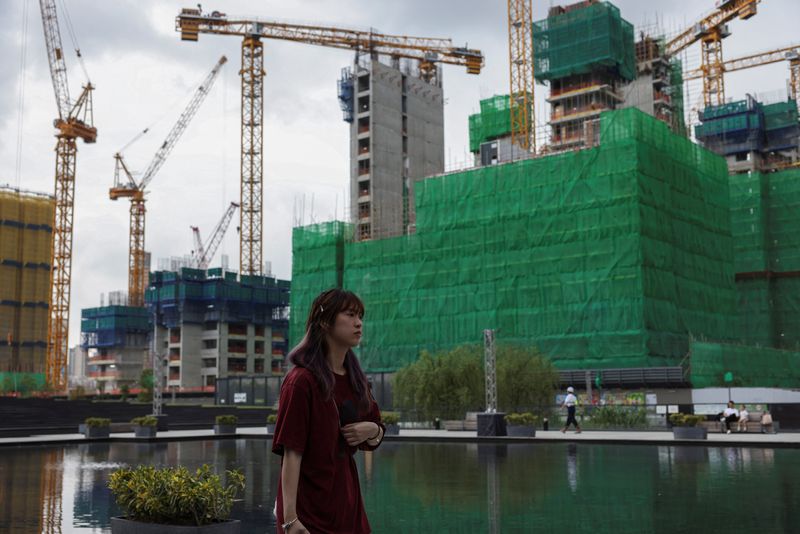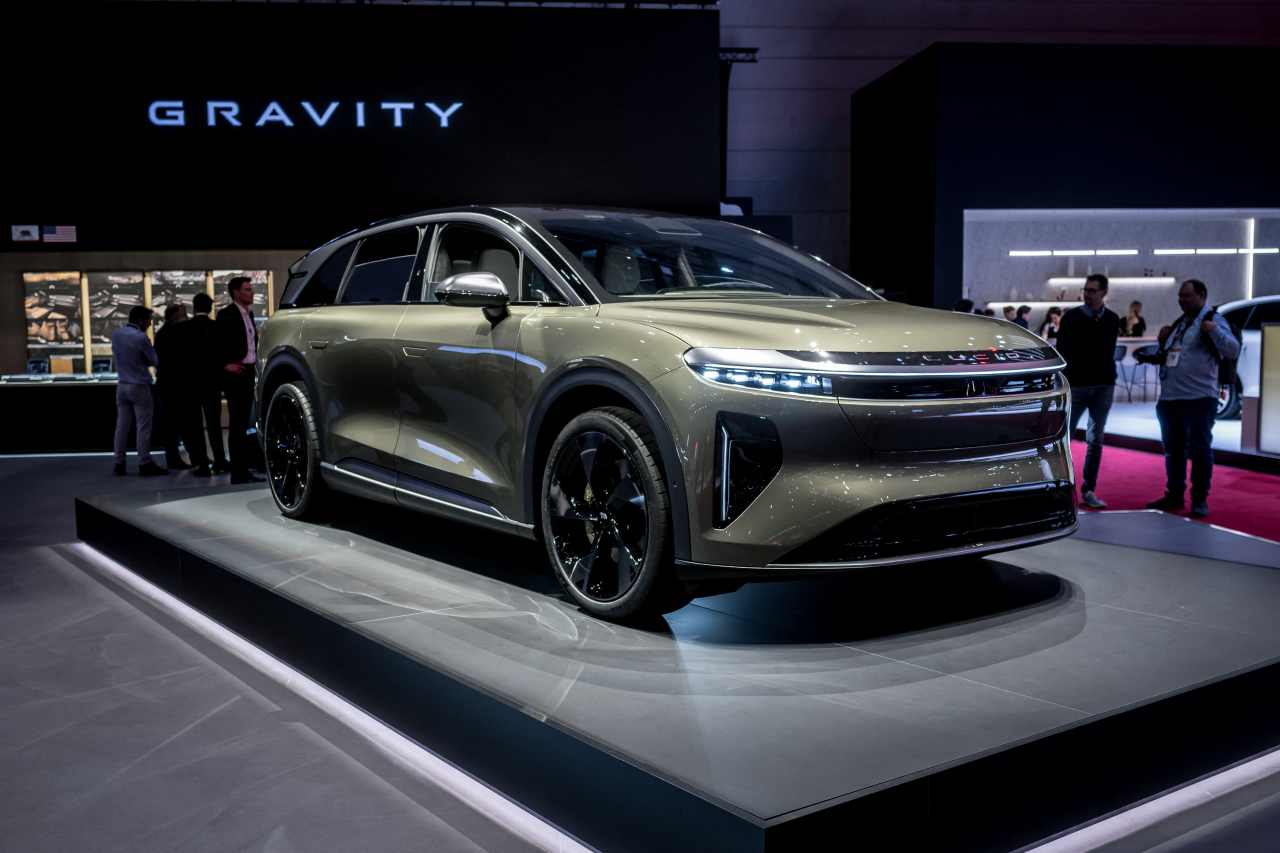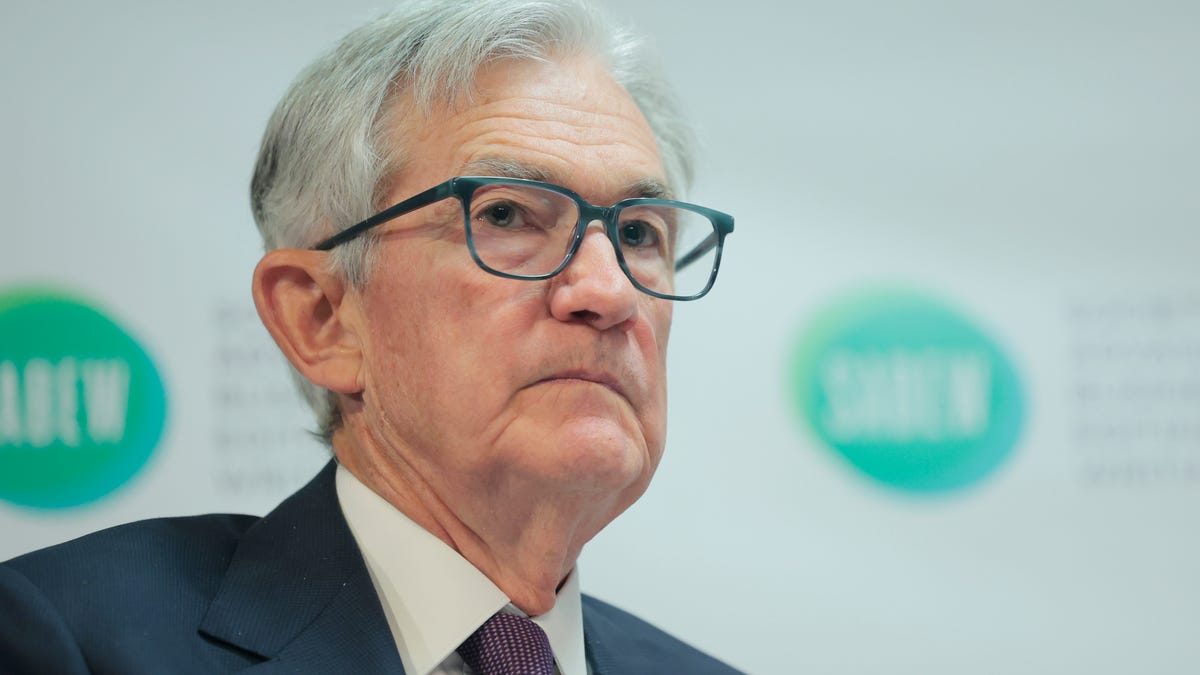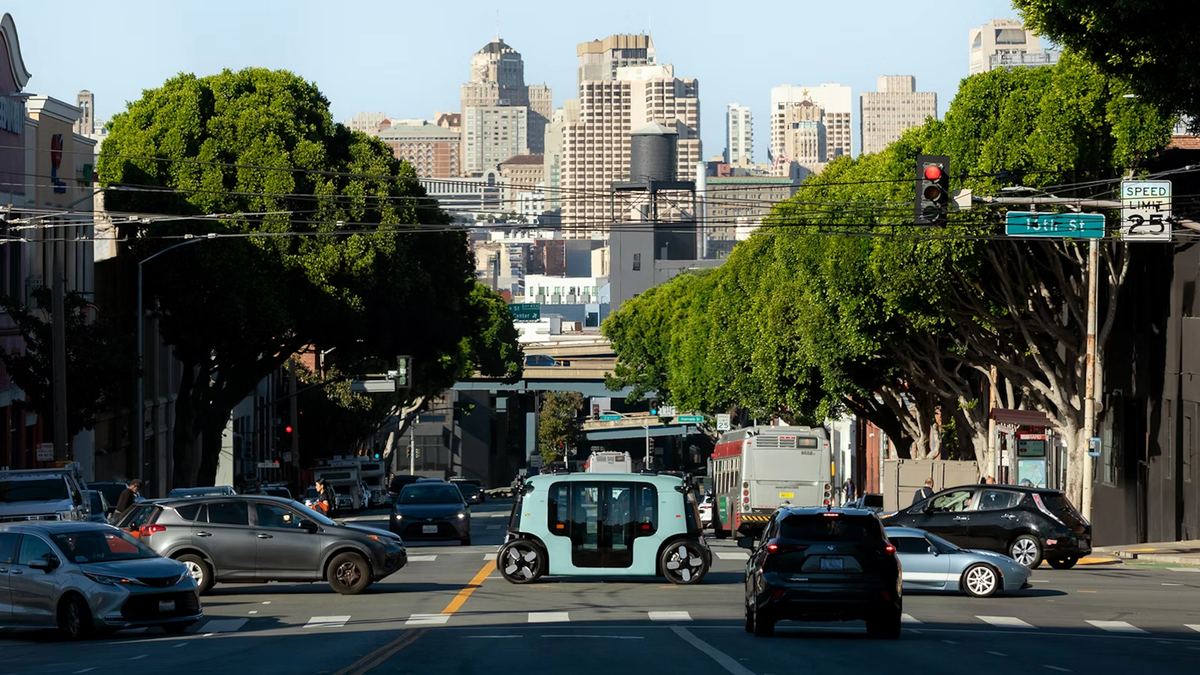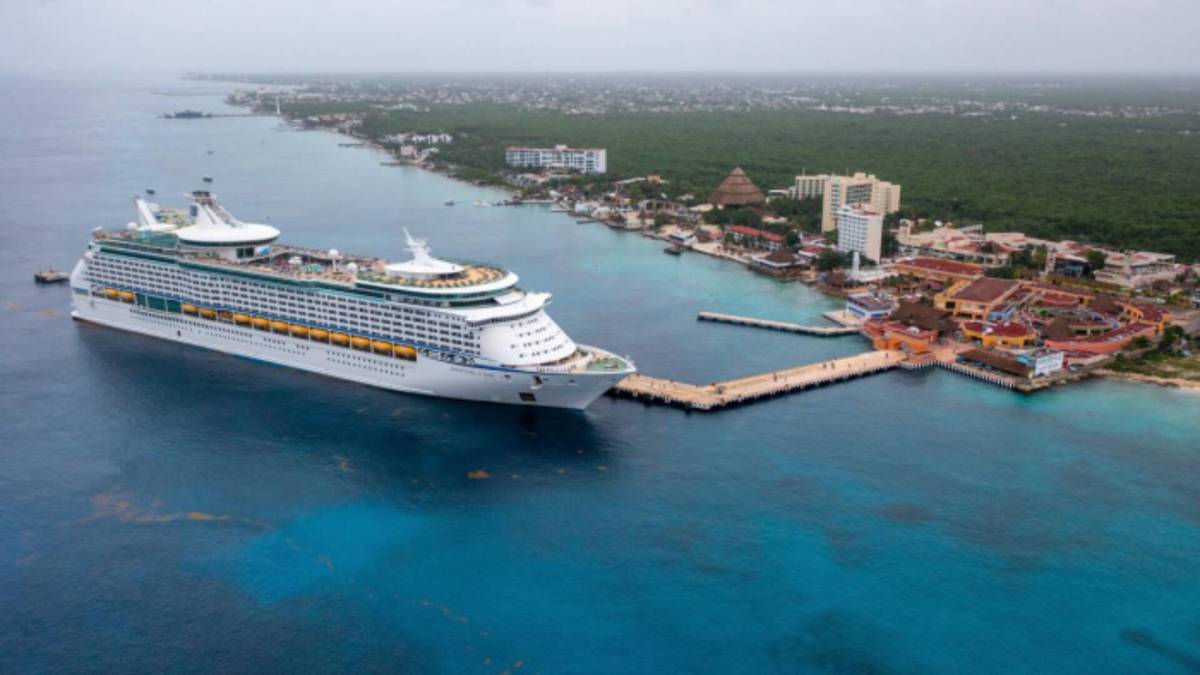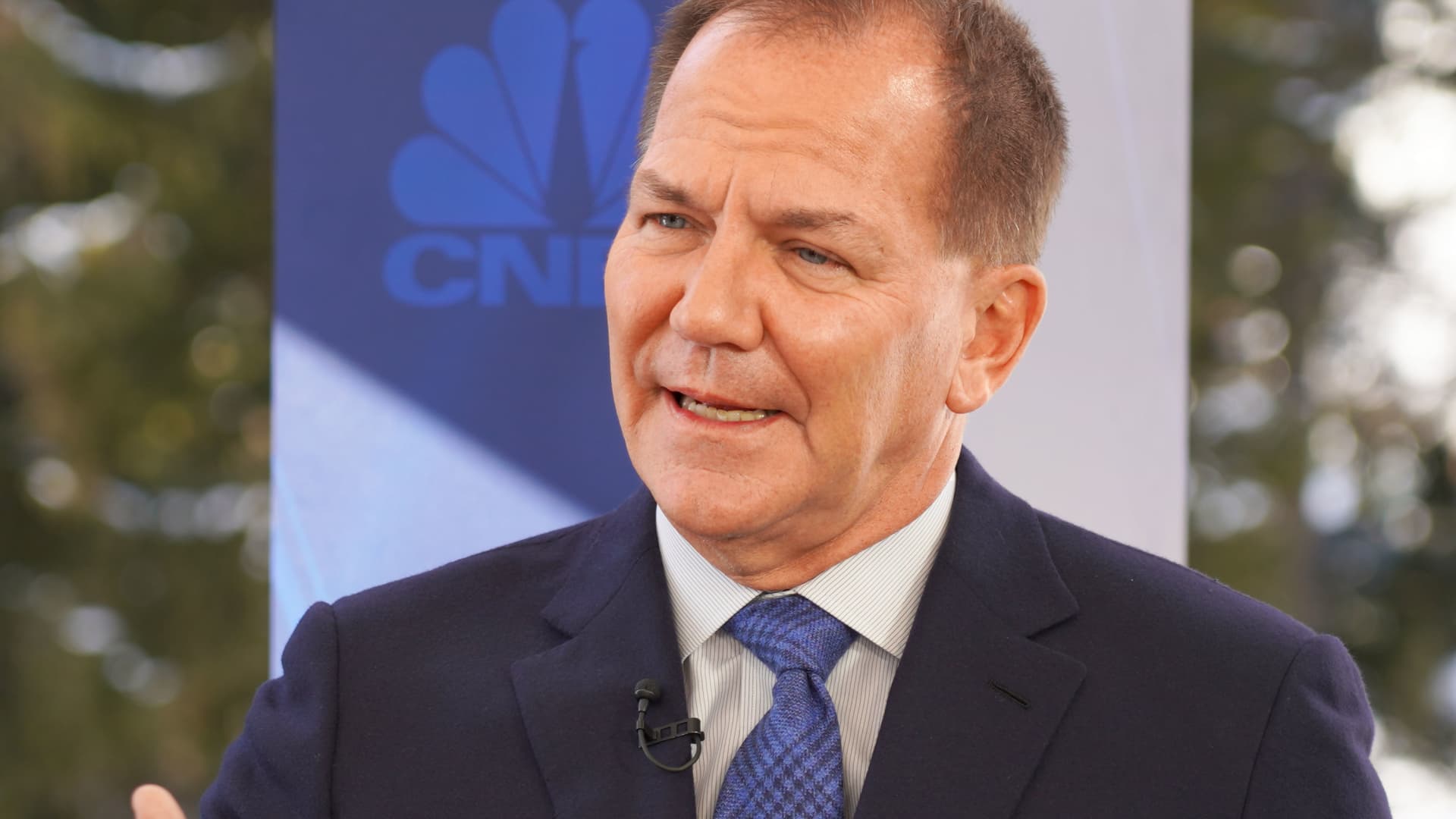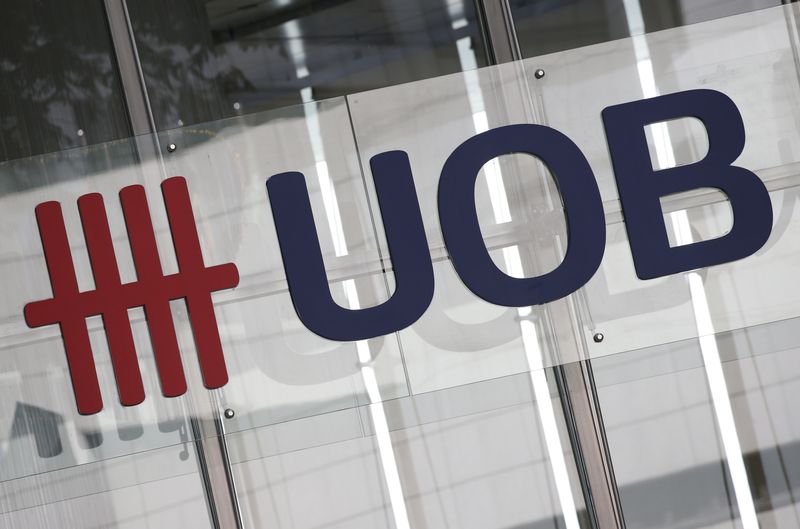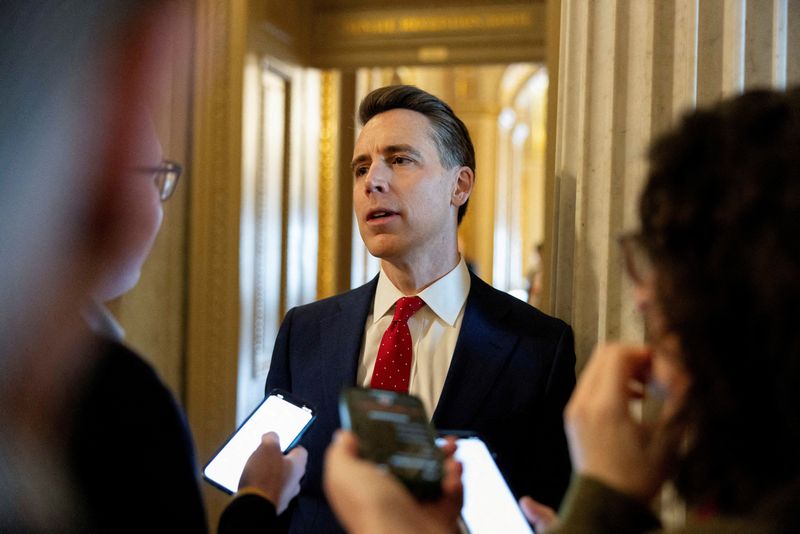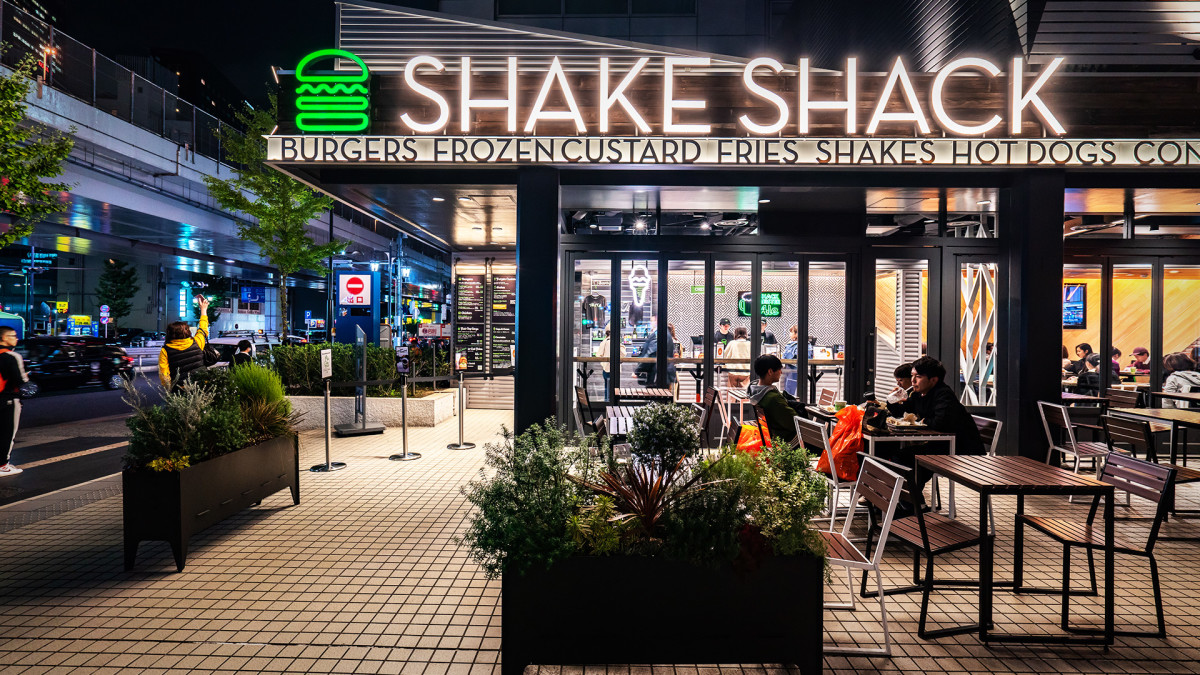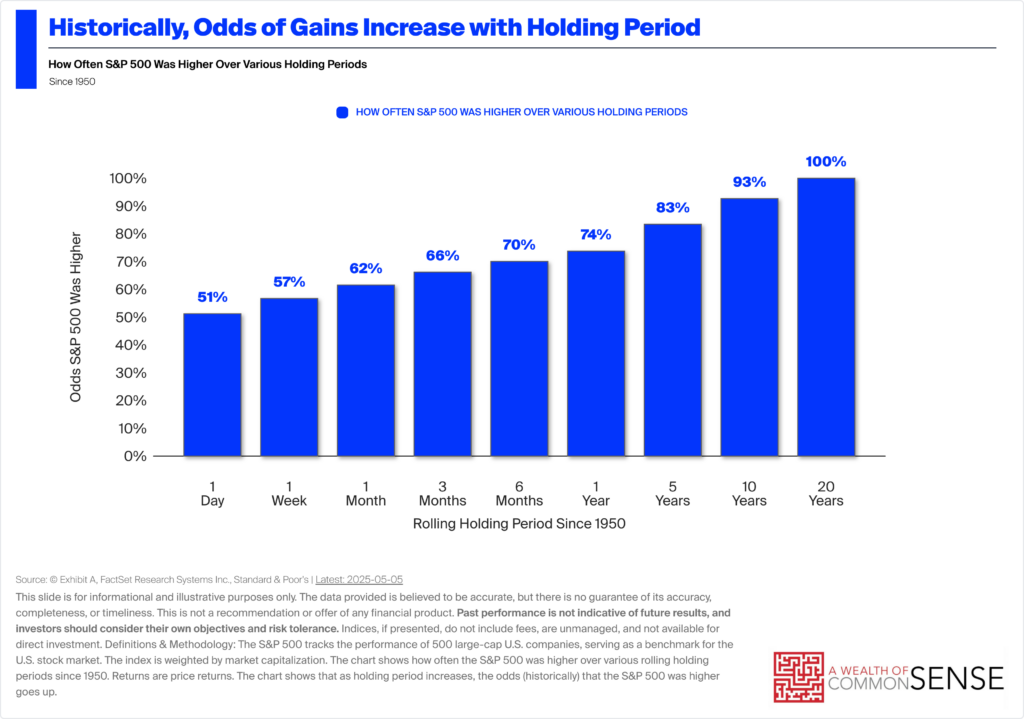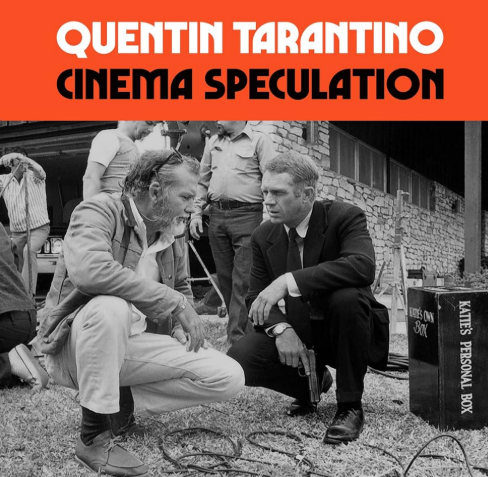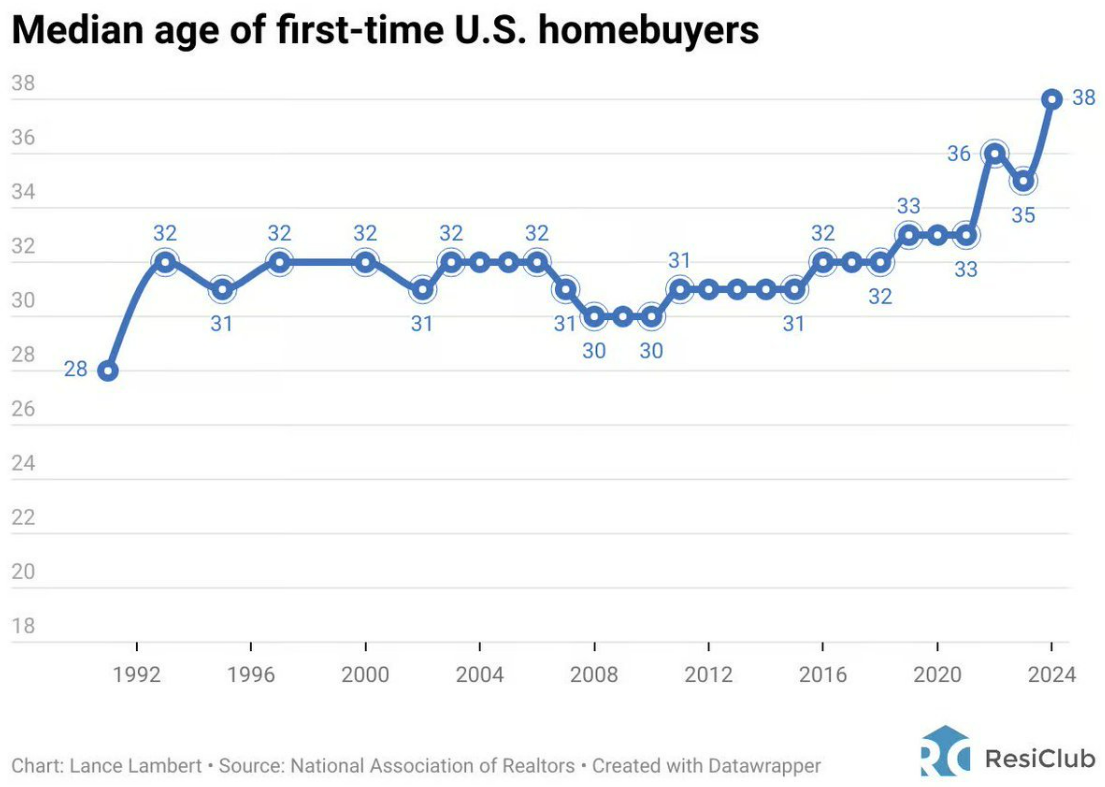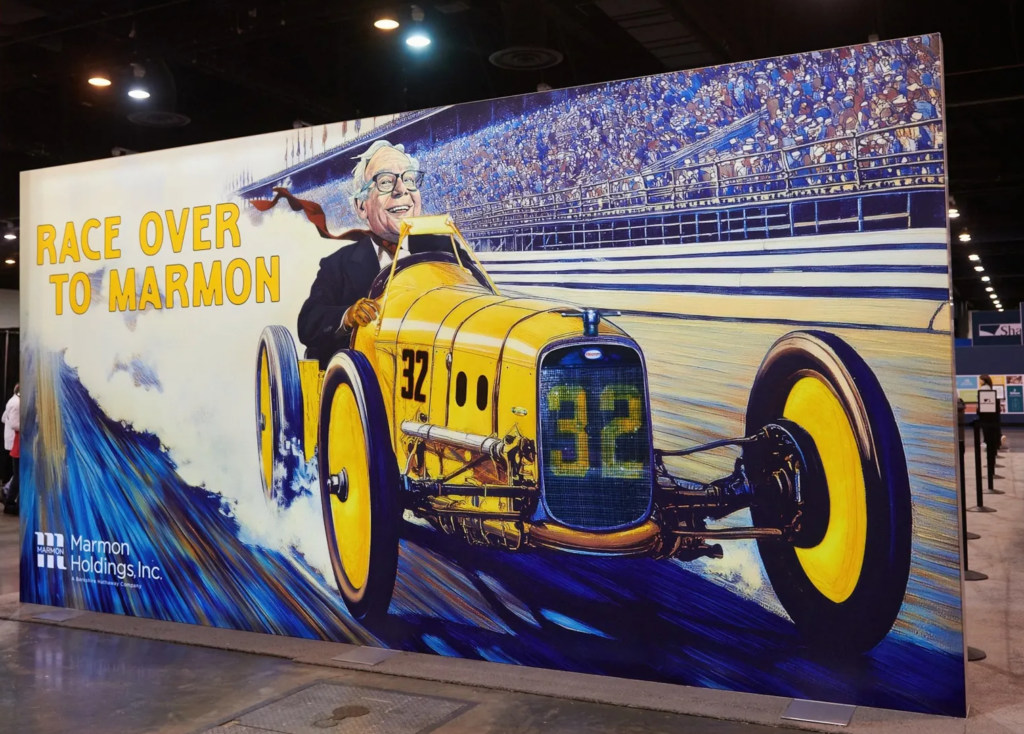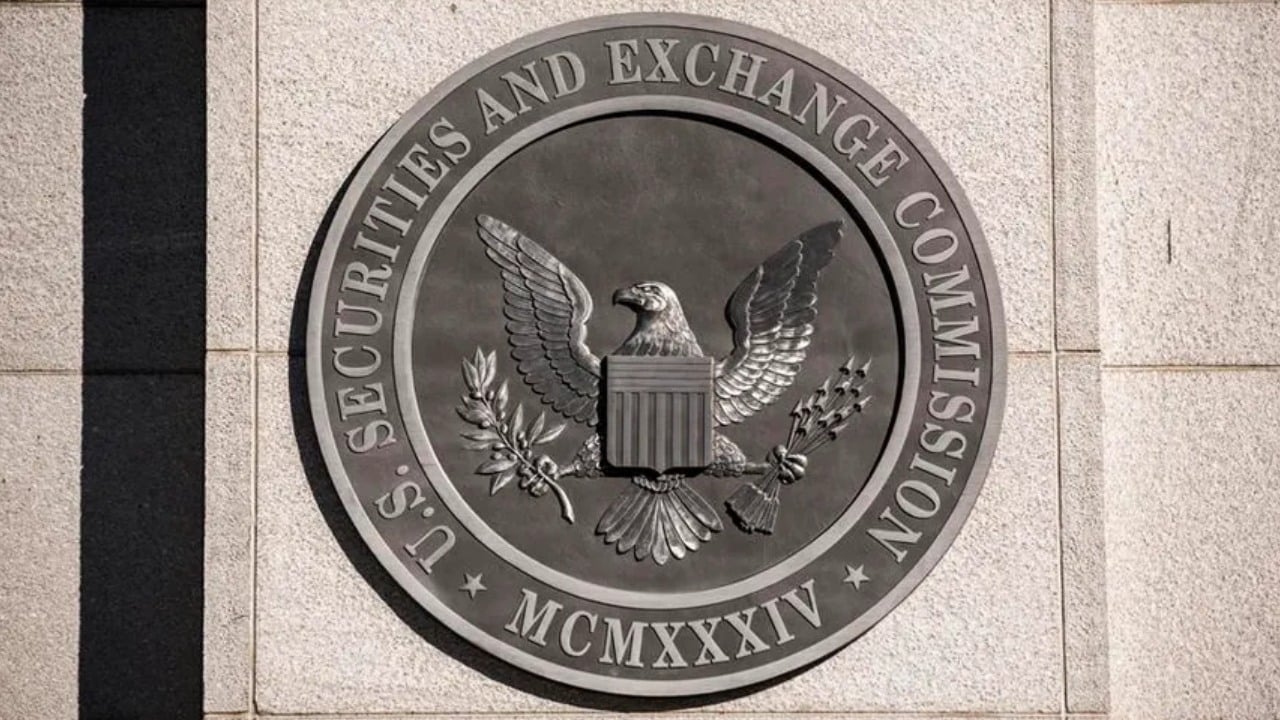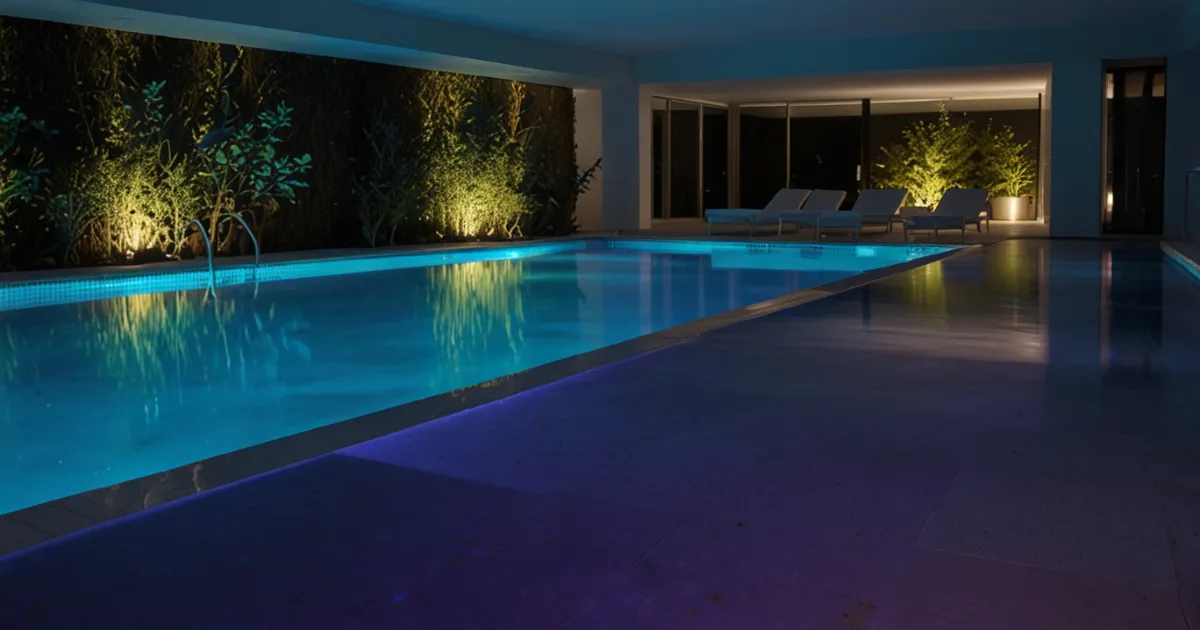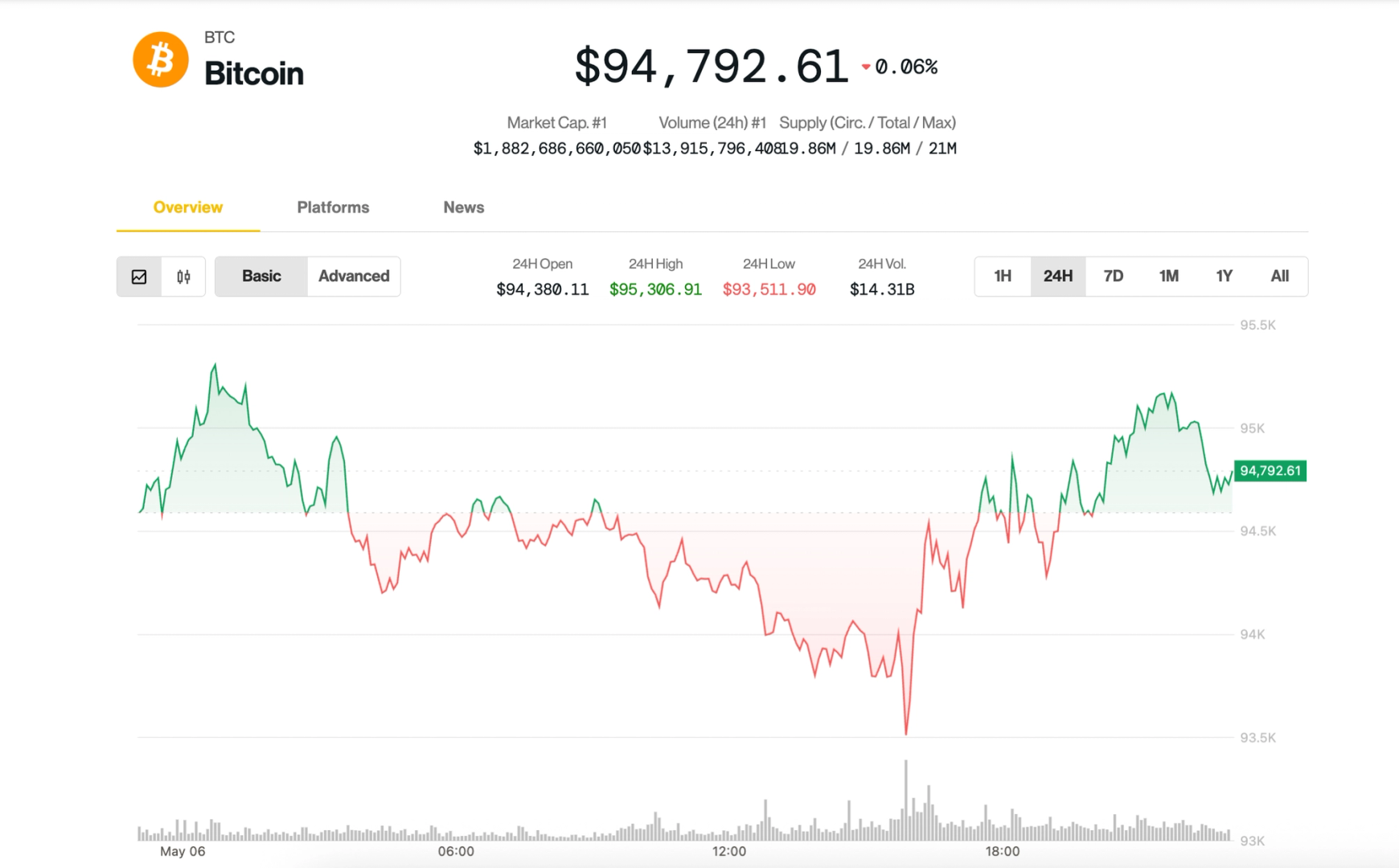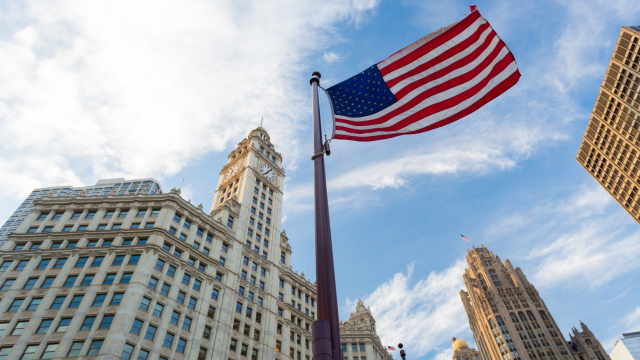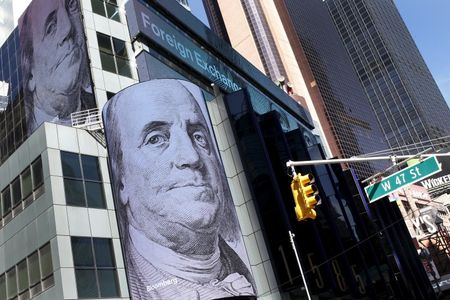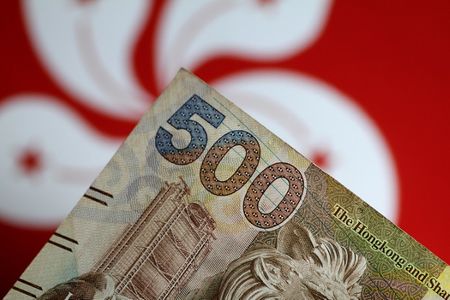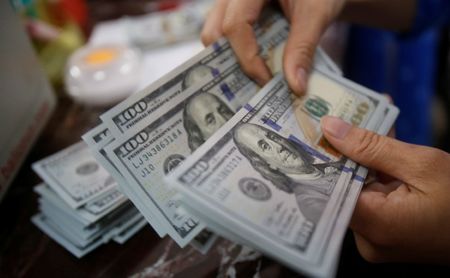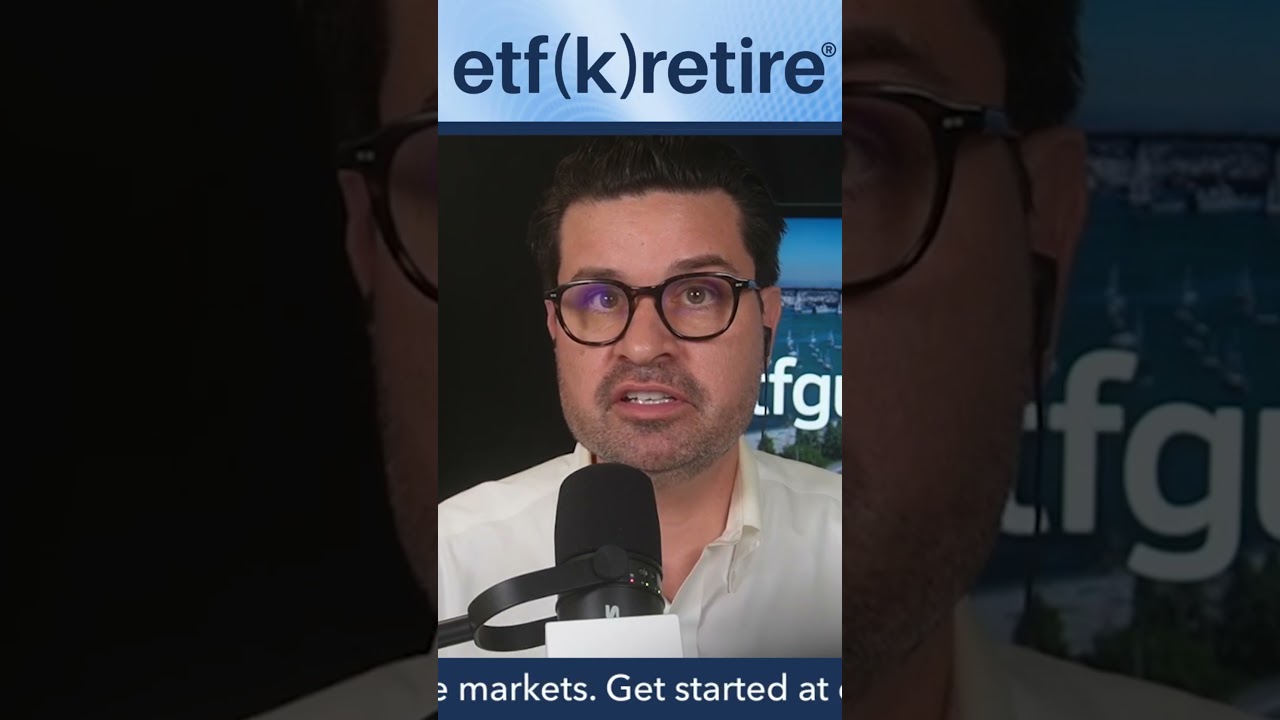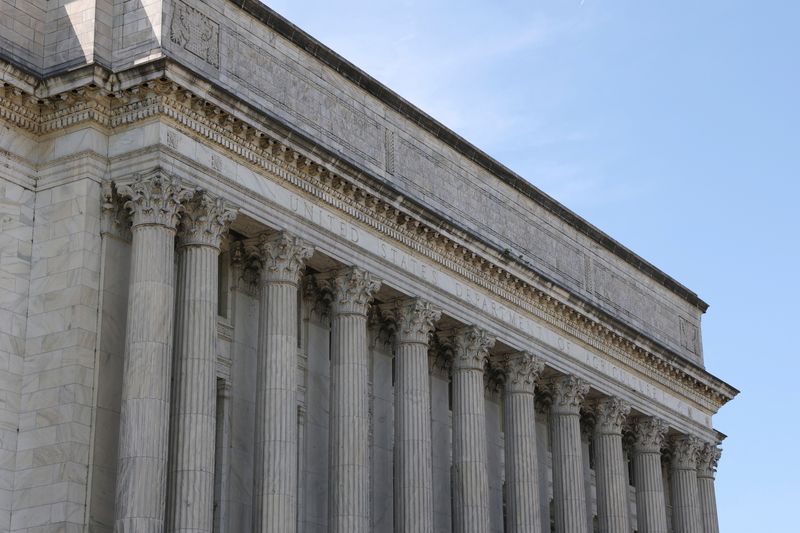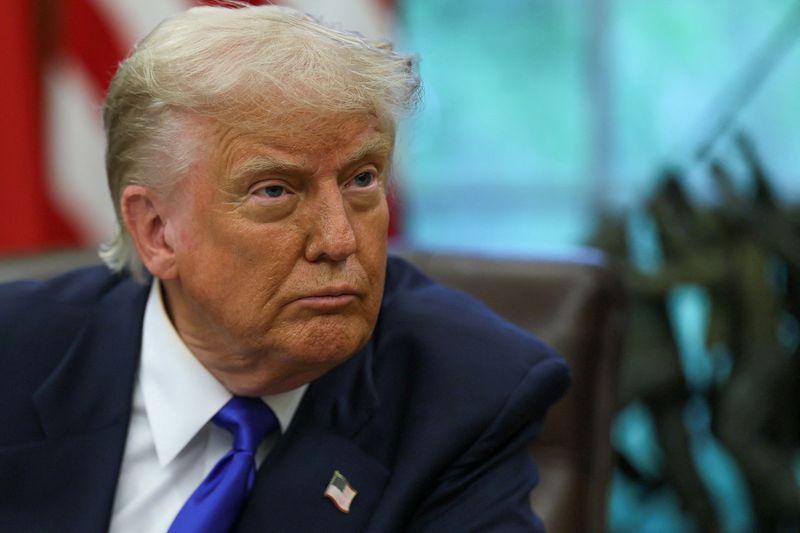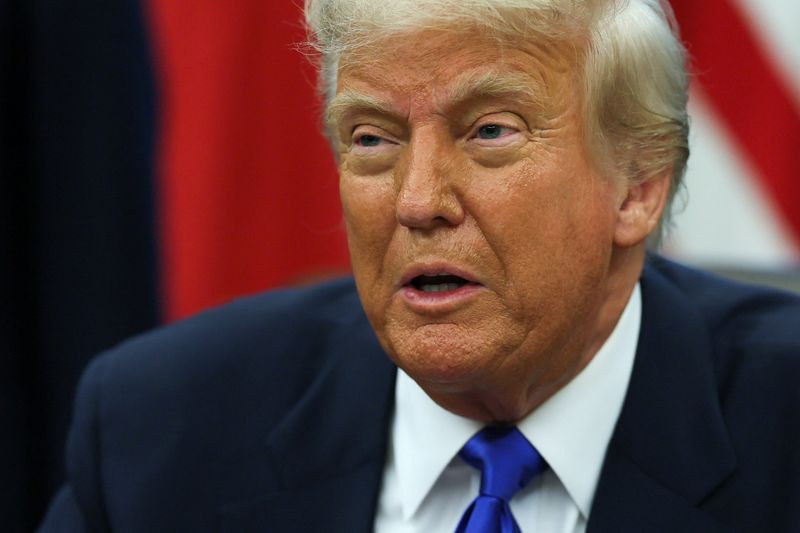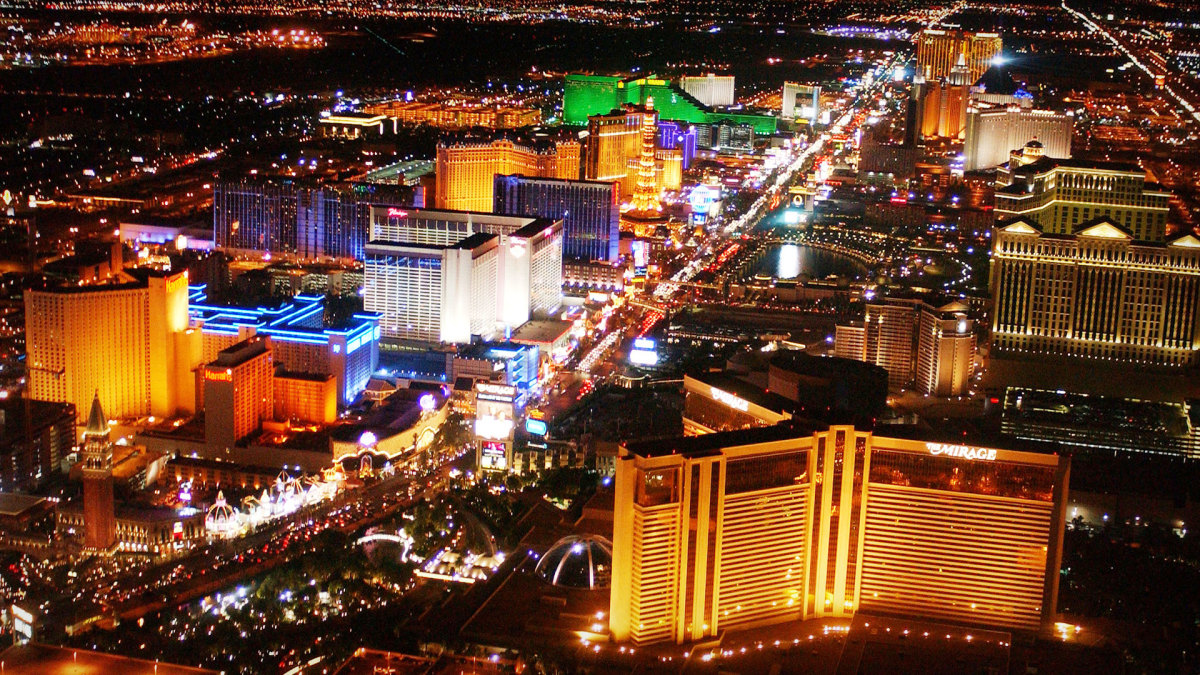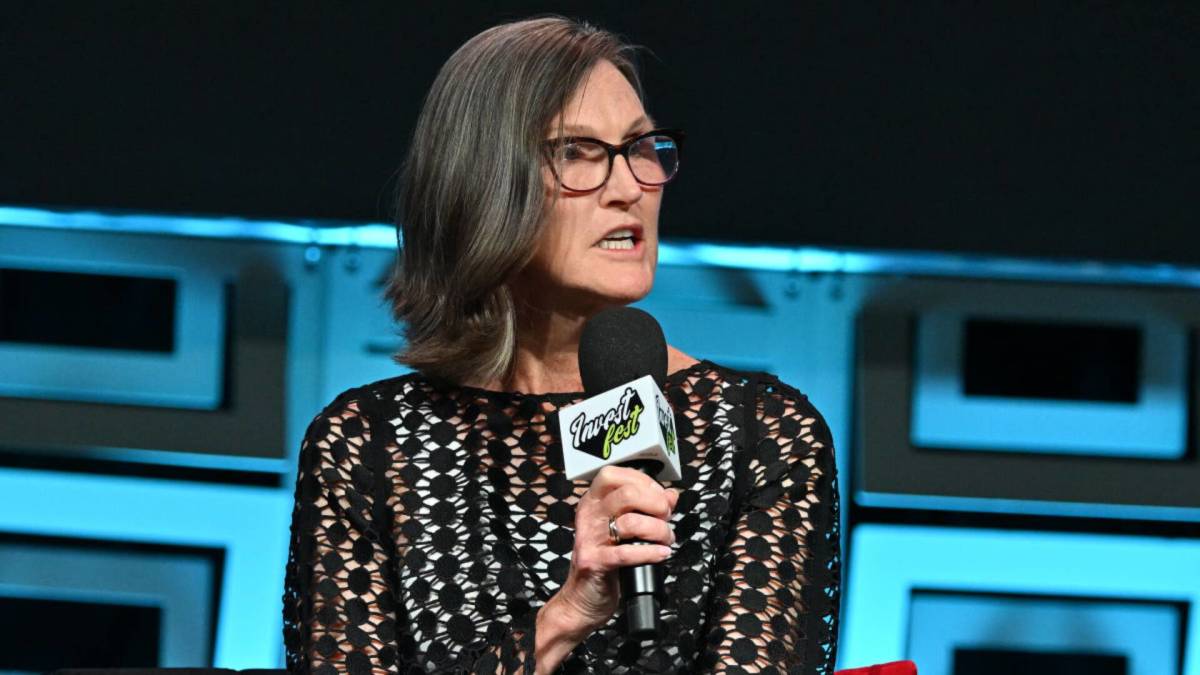Top luxury fashion brands just made a quiet change
What top luxury brands are doing next may surprise you.
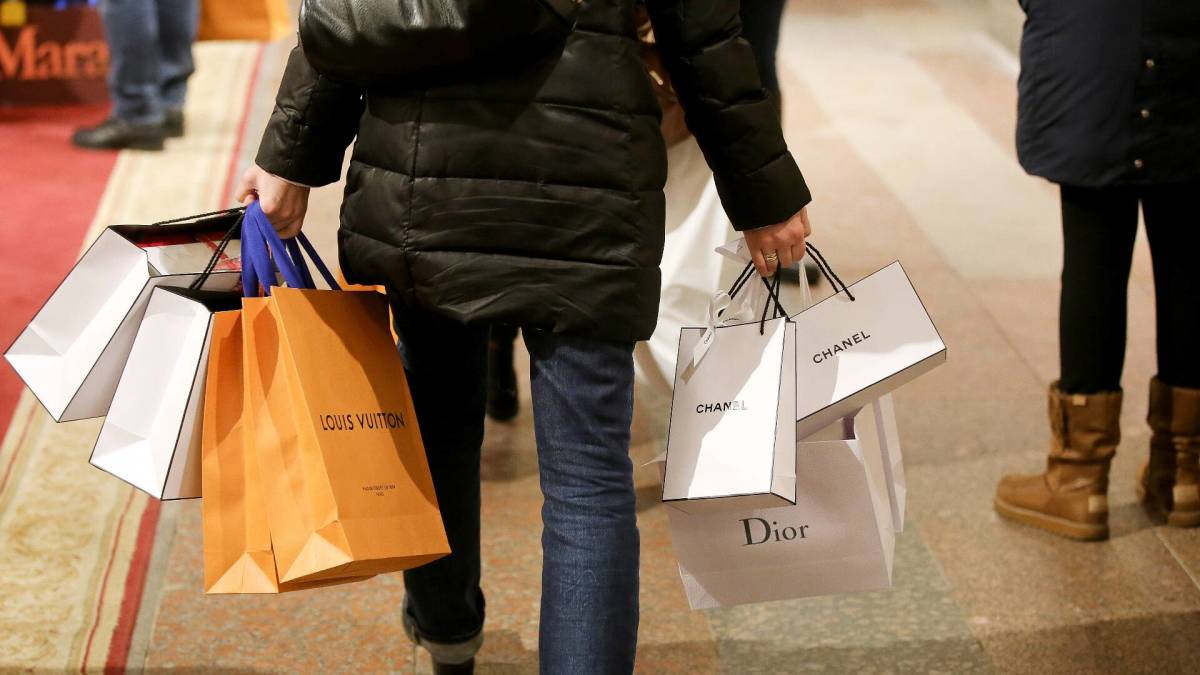
Luxury fashion built its reputation on scarcity and restraint, but in recent years, it has chased spectacle.
Chanel staged a show on a beach. Louis Vuitton filled the Louvre with flashing lights and drones. Gucci threw parties in Hollywood mansions. From influencer-packed front rows to shows built for social media, even the oldest fashion houses got swept up in the chaos.
Related: Luxury designer brand flags shift in customer behavior
The playbook was clear: Go big. Go viral. Go everywhere.
But now luxury....isn’t loud anymore?
After a decade of runway circuses, brand collabs, and celebrity-fueled hype cycles, something is shifting. This season, the biggest names in luxury — on purpose — made a move so quiet, most people missed it. Image soure: Jacopo M. Raule/Getty Images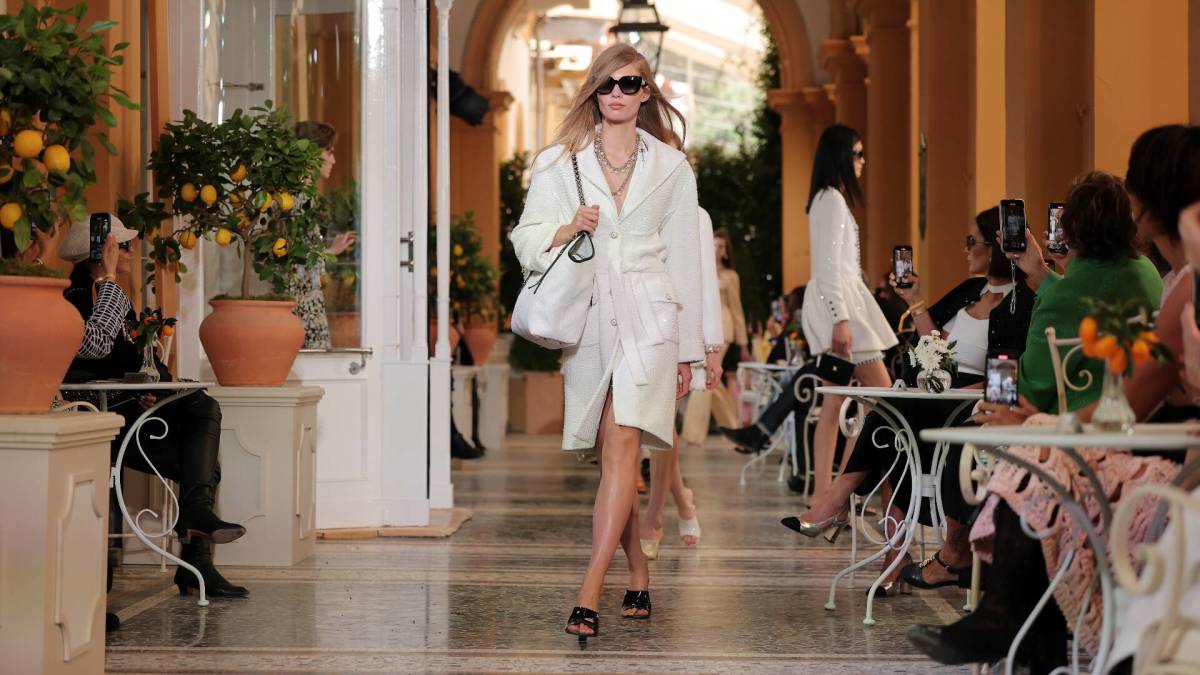
Top luxury fashion brands are returning to their roots
In recent weeks, Chanel, Gucci, Dior, and Max Mara all announced cruise shows in historic, heritage-rich settings — anchored in old-world fashion capitals.
And while those venues are aesthetically jaw-dropping, this pivot isn’t just about beautiful backdrops. It’s about control.
Luxury brands are walking away from the global hype machine in favor of something slower, more intentional, and arguably more powerful. With their core buyers growing weary of mass-market mimicry and AI knockoffs, fashion’s elite are refocusing on provenance, production, and place.
Related: Amazon picks impressive partner for new storefront
According to Vogue Business, Kering, the parent company of Gucci, keeps 88% of its supply chain close to home. Chanel recently made a sizeable investment in a historic silk mill based in Como, Italy, in an effort to protect the roots of its signature textiles. Dior is reinforcing its roots through a show that honors craft, heritage, and tradition.
It’s a smart time to reinforce those ties. A growing wave of TikTok commentary has questioned whether luxury products are truly crafted in the places they claim —fueled by concerns that many items are secretly made in China.
Add in the pressure of new U.S. tariffs, and suddenly, anchoring luxury in its original source of craftsmanship has never been more strategic.
Why focusing on legacy gives luxury fashion brands a competitive edge
As Gen Z’s buying power grows and consumer trust becomes harder to earn, brands that can prove where their products come from — and what they stand for — are winning.
Fast fashion continues to flood feeds with $15 versions of $2,000 looks. But the real value now lies in what can’t be replicated.
This quiet shift isn’t a retreat. It’s a calculated business strategy. Luxury fashion houses know that their long-term value doesn’t lie in chasing trends — it lies in preserving what makes them irreplaceable.
In a personal luxury goods market expected to grow 4% to 6% annually and reach over $495 billion by 2030 (Bain & Company), brand equity and authenticity aren’t just buzzwords — they’re bottom-line assets.
And for investors, this back-to-basics move signals clarity of vision, not conservatism.
Luxury is no longer about being seen everywhere. It’s about being understood by the right people, in the right places.
And for the biggest names in designer fashion, that might be the most powerful move of all.
Related: Veteran fund manager unveils eye-popping S&P 500 forecast





